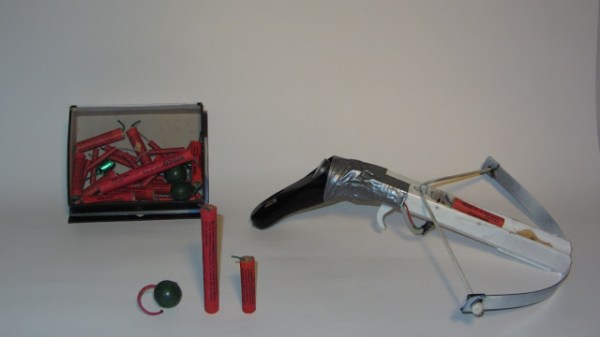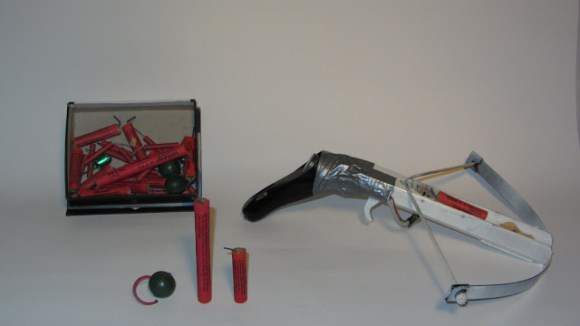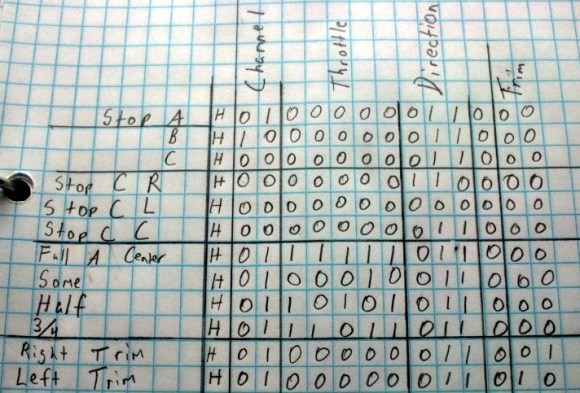 We at [HAD] love any hack that combines children’s toys with science-fiction technology, so seeing a Tickle-Me-Elmo “frozen” in [Carbonite] is a definite win in our book. It’s also a great argument for joining your local Hackerspace, or just getting together with some like-minded friends. This idea came out of an impromptu brain-storming, or “talking about crazy ideas session” at the [Baltimore Node] hackerspace.
We at [HAD] love any hack that combines children’s toys with science-fiction technology, so seeing a Tickle-Me-Elmo “frozen” in [Carbonite] is a definite win in our book. It’s also a great argument for joining your local Hackerspace, or just getting together with some like-minded friends. This idea came out of an impromptu brain-storming, or “talking about crazy ideas session” at the [Baltimore Node] hackerspace.
Fortunately [Todd] had access to all the tools necessary to make this “crazy idea” a reality. A [Shopbot] was used to cut out the box, and the side panels were 3D printed with help from these files on Thingiverse. For processing, an [ATtiny85] programmed using an Arduino was used to power this project.
There’s no mention of whether [Todd] would be willing to part with his creation, however, we would guess that there would be no bargaining with him. He’s not going to give up his favorite decoration easily.

















